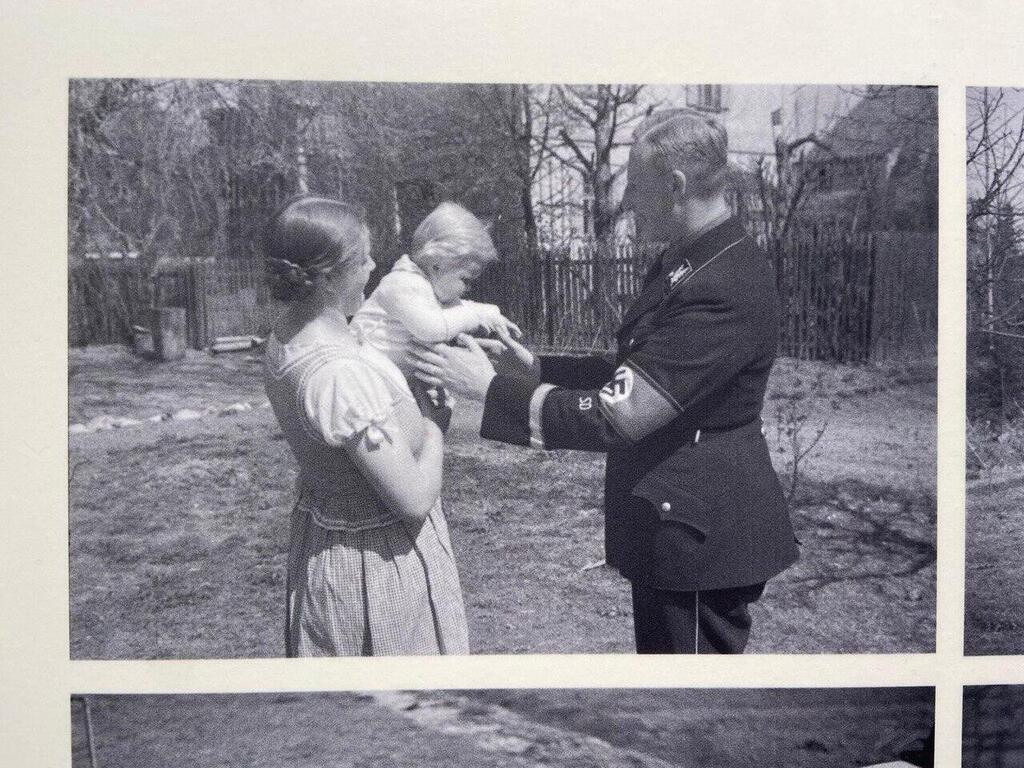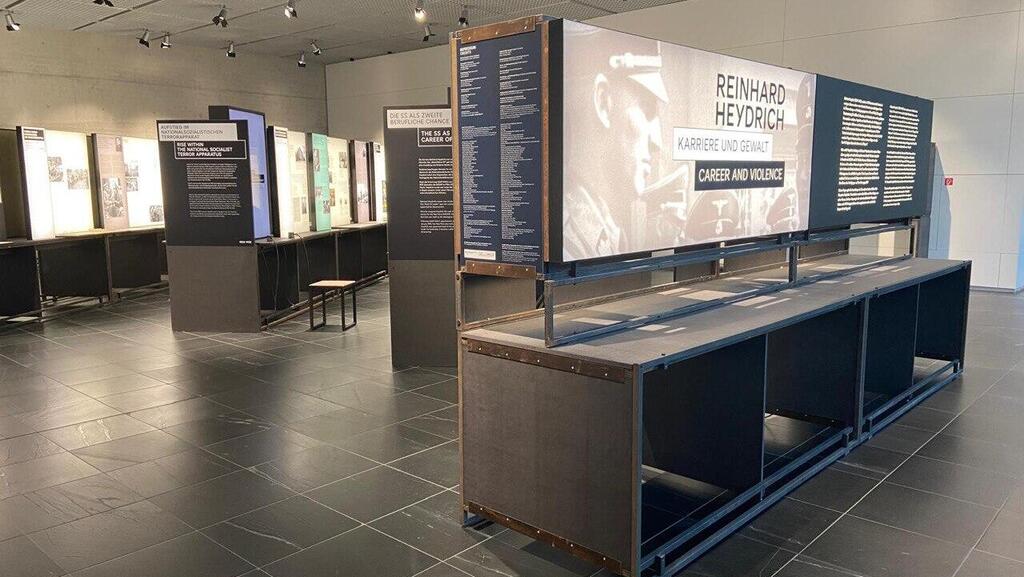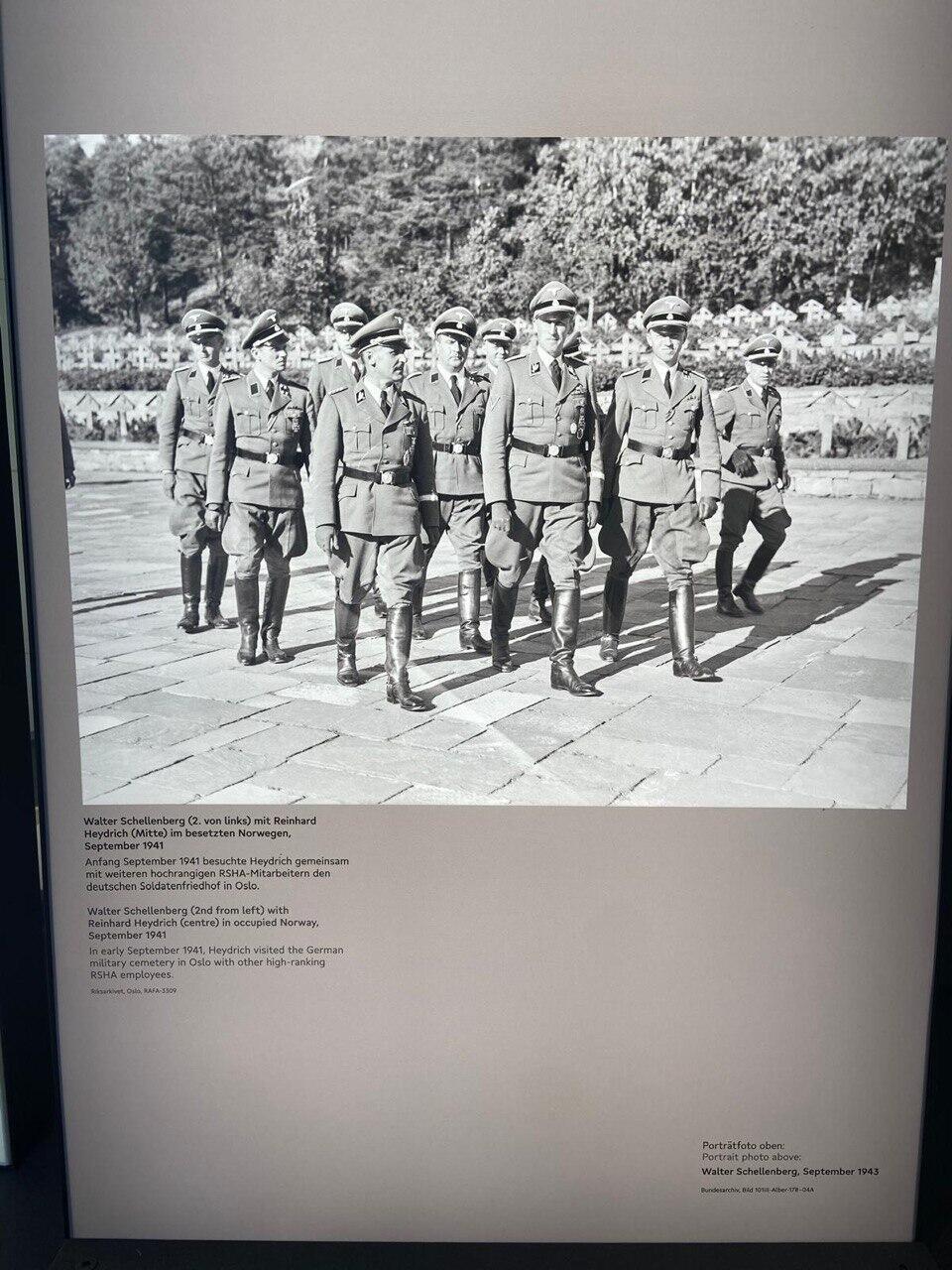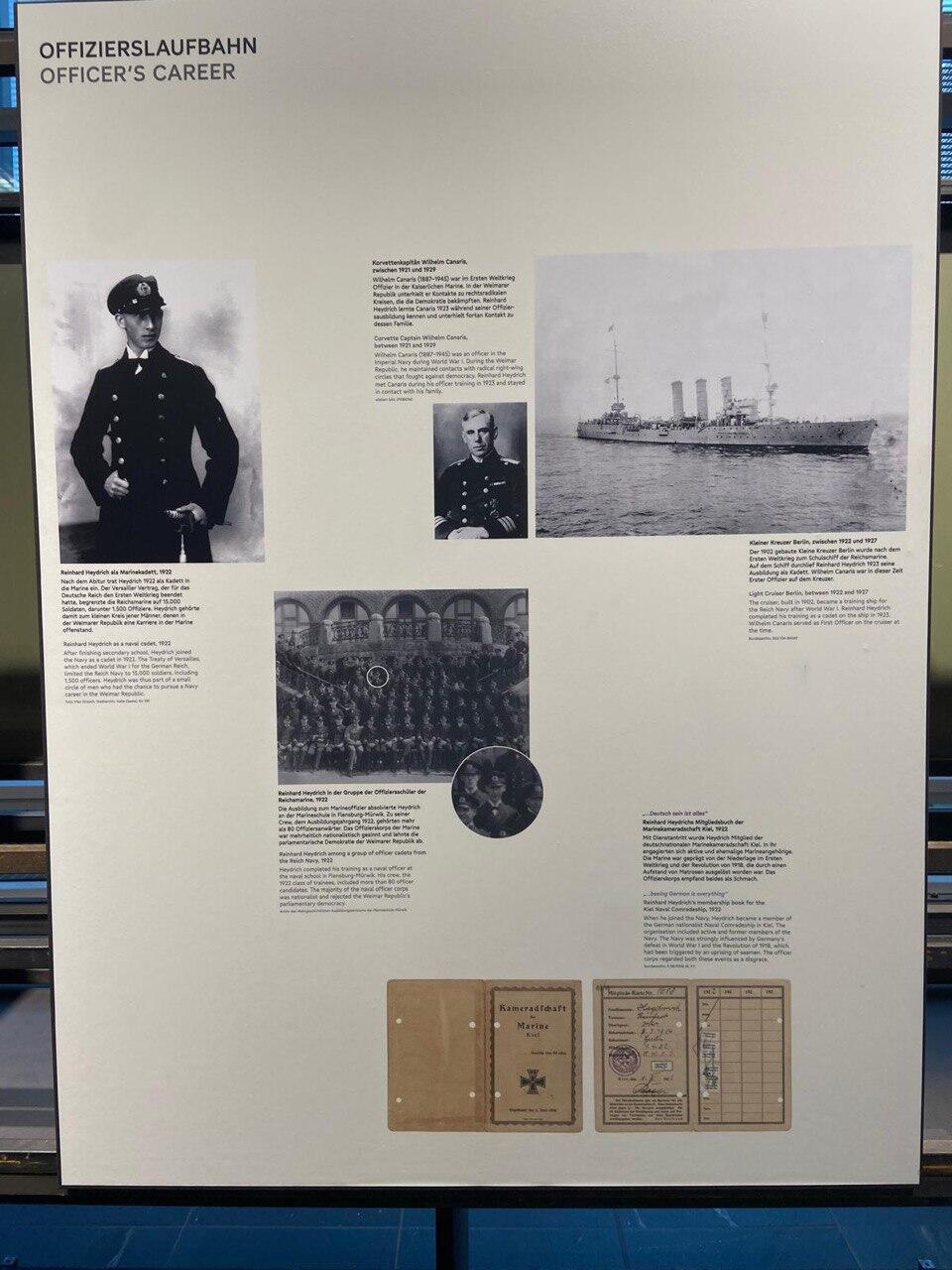The museum itself is located at a historically significant site — on the grounds where the SS headquarters, the Security Police headquarters (SD), the Einsatzgruppen units, and the Gestapo were situated during the Nazi regime. Most of the buildings were destroyed by Allied bombings in 1945, and their remains were demolished after the war.
8 View gallery


Reinhard Heydrich
(Photo: Courtesy of the Ghetto Fighters’ House Museum / Photo Archive)
He was one of the main architects of the "Final Solution" and was behind the establishment of systematic extermination systems for European Jews. Heydrich was also the initiator of the infamous Wannsee Conference in January 1942, where practical steps for the extermination of Jews in occupied Europe were coordinated.
Under his command, thousands of Czechs were arrested, tortured, and executed. His policy included mass arrests, night curfews, and public executions to instill fear and suppress all resistance.
In response to his cruelty, the Czech government-in-exile in London, with British assistance, planned an operation to assassinate him. On May 27, 1942, two Czech resistance fighters, Josef Gabčík and Jan Kubiš, who had been parachuted into Czechoslovakia – carried out the assassination in Prague.
They attacked Heydrich's Mercedes car, and he was severely wounded by grenade fragments. Despite intensive medical treatment, Heydrich died of his wounds on June 4, 1942, about eight days after the assassination.
After his death, the Nazi regime exploited the assassination for propaganda purposes. Heydrich was portrayed as a "martyred saint" of the regime – a hero who died for the homeland and the Reich. He was given a magnificent state funeral, and the Nazis used his death as an excuse for cruel revenge: they destroyed the villages of Lidice and Ležáky along with their inhabitants.
The exhibition focuses on the conditions and circumstances that enabled Heydrich's rise to positions of power and highlights his central role in the crimes of the Nazi regime. In its final section, the exhibition examines the images and perceptions of his character, originating from Nazi propaganda, which continued to exist or receive new interpretations after 1945, some of which remain influential to this day.
In the dark chronicle of Nazi Germany's leadership, few figures cast as heavy and threatening a shadow as Reinhard Heydrich, the man who planned the systematic persecution and extermination of European Jews.
8 View gallery


SS and SD officers, Reinhard Heydrich circled
(Photo: Courtesy of the Ghetto Fighters’ House Museum / Photo Archive)
Heydrich was born in Halle, Germany, in 1904. He grew up in a middle-class family in a conservative and Catholic atmosphere. His father, Bruno Heydrich, was a talented musician and composer who ran a private conservatory. Although Heydrich studied music in his youth, he was drawn to a military career and joined the Navy.
His naval career ended humiliatingly in 1931 when he was dismissed for inappropriate behavior – reportedly for being engaged to one woman while promising marriage to another. Unemployed during the global economic crisis, Heydrich found a new path through his wife, Lina von Osten, whose family had connections to the Nazi Party. Lina's brother and Heydrich's brother, Heinz, had already joined the party, and soon the couple followed in their footsteps.
Heydrich's meteoric rise in Nazi ranks was primarily related to Heinrich Himmler, who employed the young outcast and supported his promotion. The couple had four children, and until her death in 1985, Lina continued to defend her husband's legacy without expressing empathy for his victims.
Upon rising to power, Heydrich began systematically persecuting Jews throughout the Reich. Initially, he focused on forced emigration, but his methods became increasingly extreme, culminating in the Kristallnacht pogrom in November 1938, during which Jewish businesses and synagogues across Germany and Austria were destroyed, and many Jews were murdered, injured, or arrested.
Among Heydrich's subordinates who received increasing authority in "handling" the Jewish question was Adolf Eichmann.
 Daniela Ozacky SternPhoto: Courtesy
Daniela Ozacky SternPhoto: CourtesyAfter Germany's invasion of Poland and the outbreak of World War II, Heydrich's power grew significantly. As head of the Reich Main Security Office, he commanded the main Nazi terror apparatus. He also controlled the Einsatzgruppen units – death squads – which made his employees not just "desk murderers," but active participants in mass murder.
As the person responsible for implementing the "Final Solution," Heydrich organized the establishment of ghettos, deportations, and the murder of European Jews.
Heydrich's cruel efficiency in organizing mass murder made him one of the most feared men in occupied Europe until his assassination in 1942.
The "Topography of Terror" museum is dedicated to documenting the crimes of the Nazi regime and preserving the historical memory of this dark period.







